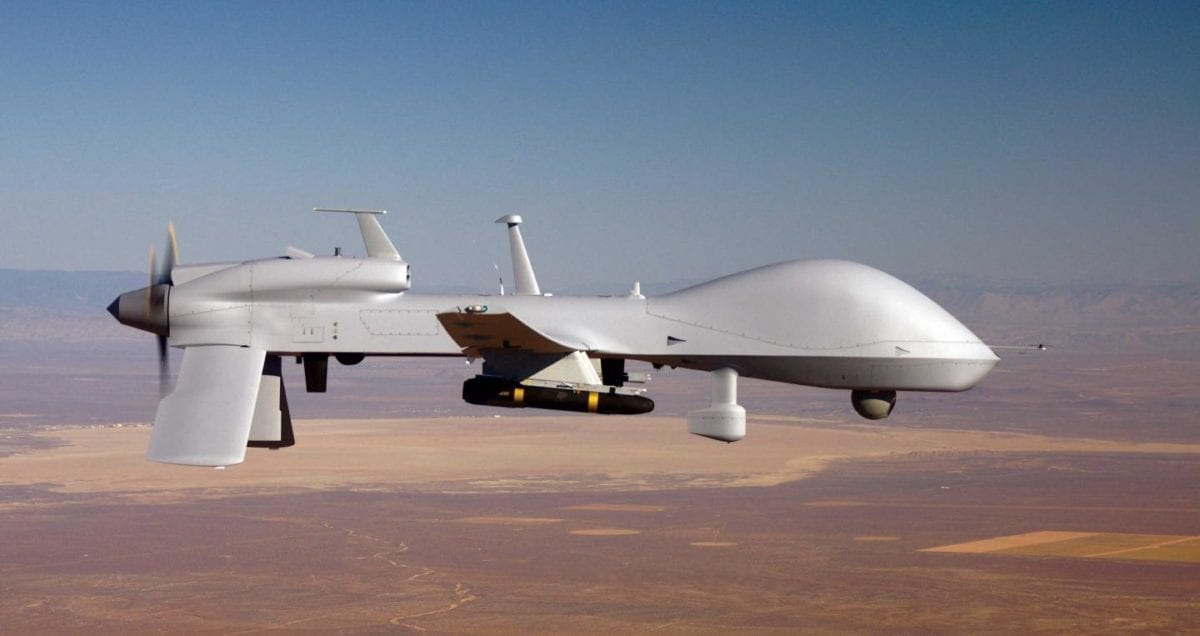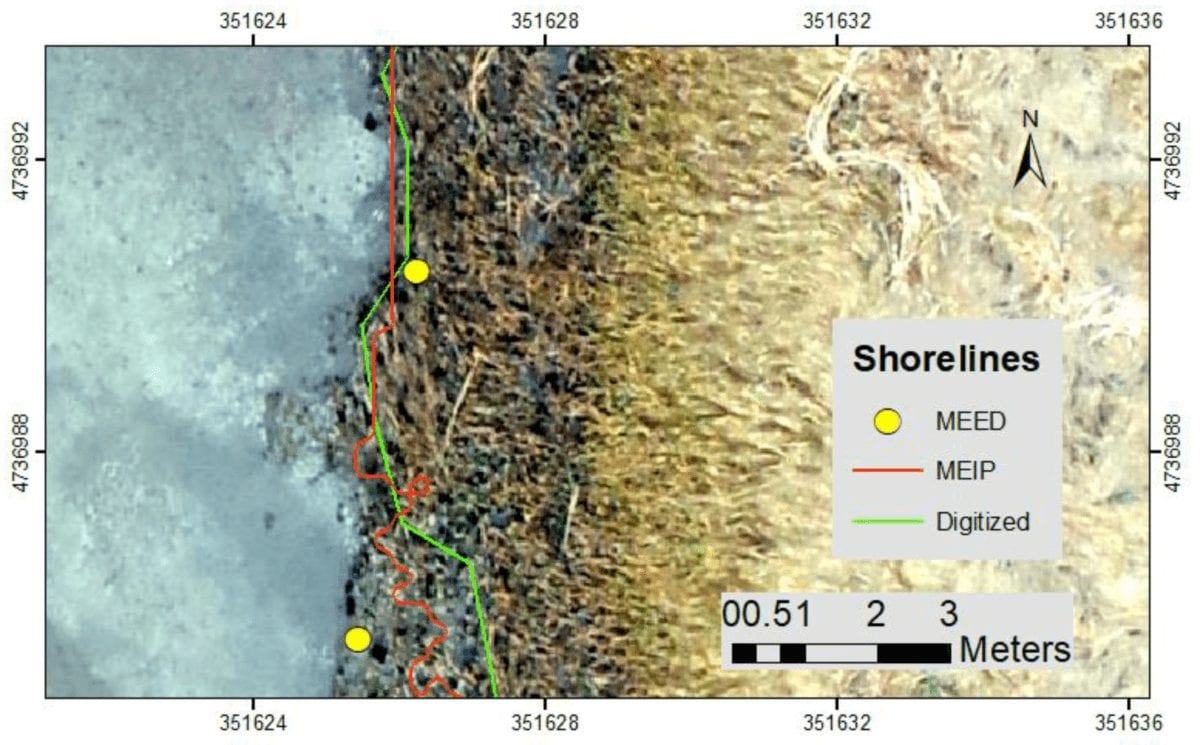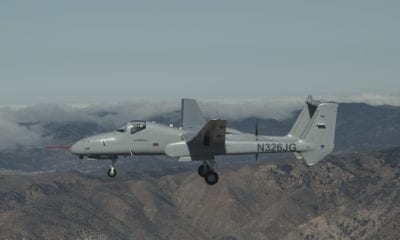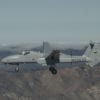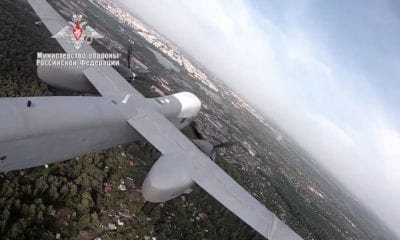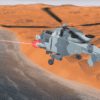Defense
US Army Accelerates Innovation in UAS Power and Propulsion Systems
Attempting to kick-start novel concepts into reality in UAS power and propulsion systems, researchers from the Army Future Command’s Army Research Laboratory (ARL), its university partners, its Department of Energy partners, and industry collaborated at the Center for UAS Propulsion, or CUP program review on April 30 and Industry-Academia Connection Days May 1-2 at a University of Illinois event.
According to a press release the discussions ranged in variety, ranging from- the development of power and propulsion technologies for future unmanned aircraft systems will deliver more reach, lethality and protection for the Army’s modernization efforts and technical challenges related to small engines including non-conventional and gas turbine engines; hybrid-electric applications; energy storage technologies to enable lighter weight; higher power and energy densities; and power and thermal management technologies.
Dr. Mike Kweon, ARL’s versatile tactical power and propulsion (VICTOR) essential research program manager and the Army’s lead for the Center for UAS Propulsion, said the program serves as a foundation to accelerate the future UAS power and propulsion capabilities.
“The objectives of the program review on day one were to ensure accountability for the success of the Soldier and in pursuit of technical excellence,” Kweon said. “The entire multi-fuel capable hybrid propulsion program team was able to learn other technical areas, actively engage and interact among the team members. We received lots of positive feedback.”
Researchers shared lessons and technical challenges in various areas of power and propulsion applied for UAS. The industry and academia and learnt about the current state-of-the-art technologies followed the CUP program review.
Kweon stated, “The objective of this event was to develop strong partnerships among industry, academia and government to develop power and propulsion technologies for future UAS that will deliver more reach, lethality and protection for the multi-domain operations and for the future soldiers. I am thrilled to watch the active interactions and to feel the energy among them during the entire event.”
Patrick Lynch, assistant professor, Department of Mechanical and Industrial Engineering, The University of Illinois at Chicago said, “The Army has been changing how they have been doing research, with a new emphasis and willingness to incorporate university, national lab and industry technical expertise in their project- for instance the multi-fuel capable hybrid propulsion program has joint faculty appointees, post-docs and graduate students at different universities and laboratories in the Midwest supporting this project.”
Professor Tonghun Lee, from The University of Illinois at Urbana-Champaign, and the university’s academic lead for the CUP consortium, said, “UAS is an incredibly important area that is expected to grow significantly in the next decade. Spearheaded by ARL, other branches of DOD, industry, national labs and academia will work together under CUP to make sure that our nation maintains our dominance in this field and ensure a stable domestic infrastructure for manufacturing advanced propulsion systems in the future.”
Excitement surrounded the initiatives, the direction, and the engagement from the Army right now, Tschopp said. Dr. Mark Tschopp, ARL Central regional lead said, “The xTechSearch 3.0 competition went live during the event, so there was an announcement and subsequent discussion about how small businesses in this technology area could bring their innovative ideas to the Army,” he said.
Researchers agreed that collaboration among the Army, universities and industry is key components to ensuring technologies are accelerated.

